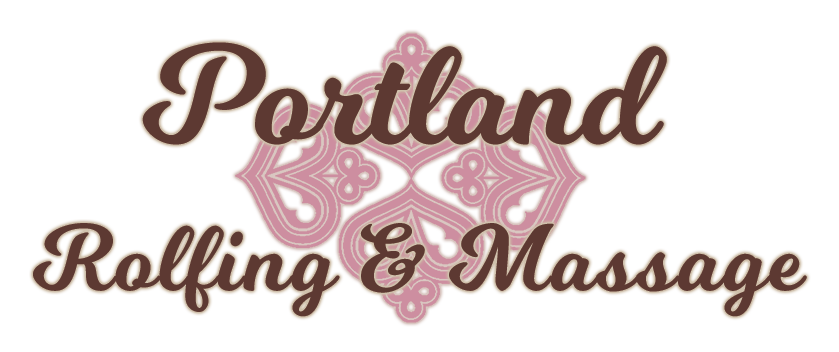Frequently Asked Questions
What are your office hours?
Portland Rolfing and Massage is open Monday through Friday from 11am to 6pm and Sundays from 3:30pm to 5:30pm.
What are your rates?
- Rolfing and Massage (90 minutes): $175 per session
Package of 3 sessions: $475 - Massage (60 minutes): $115 per session
Package of 3 sessions: $305
Payment is accepted at the time of service by cash, check, credit card, or Venmo. Gratuities are not expected but always appreciated.
How often should you come in?
The ideal frequency of your sessions depends on your individual goals and needs. If you’re experiencing chronic or debilitating pain that affects your daily activities or sleep, you may benefit from coming in 2 to 4 times per month to get relief.
As your condition improves, you can gradually extend the time between appointments. Many people find that 1 session per month is a wonderful way to care for their body and serves as excellent preventative maintenance.
Do you accept insurance?
I am applying to accept insurance through the Providence network, please call or email to confirm.
What is Rolfing?
Rolfing Structural Integration was developed and taught by Dr. Ida Rolf. Rolfing is a dynamic, interactive system of bodywork designed to help you get out of pain, reclaim your vitality, and improve your posture. A Rolfing session involves a postural assessment, hands on myofascial release, and exercises given as homework to help you maintain your optimal strength and flexibility.
What is Cupping?
Cupping involves putting suction cups made from either silicone or acrylic on the body.
The suction lifts the tissue and helps increase circulation, break up adhesions, and move the lymphatic fluids. They detoxify the tissue by pulling lactic acid and other toxins out of the muscle layer and redistributing them into the bloodstream where they can be eliminated through the liver and kidneys. Cupping can leave purple marks on the skin which are painless and typically disappear within 7 to 10 days.
What is Gua Sha?
Gua Sha is a traditional Chinese Medicine practice that utilizes a small ceramic, stone or metal tool to loosen adhesions and muscle tensions under the skin. The practitioner uses quick, light strokes with the tool to break up adhesions and relieve tissue stagnation. Sometimes it leaves a reddish mark called petechiae. The mark doesn’t hurt and fades in about a week.
